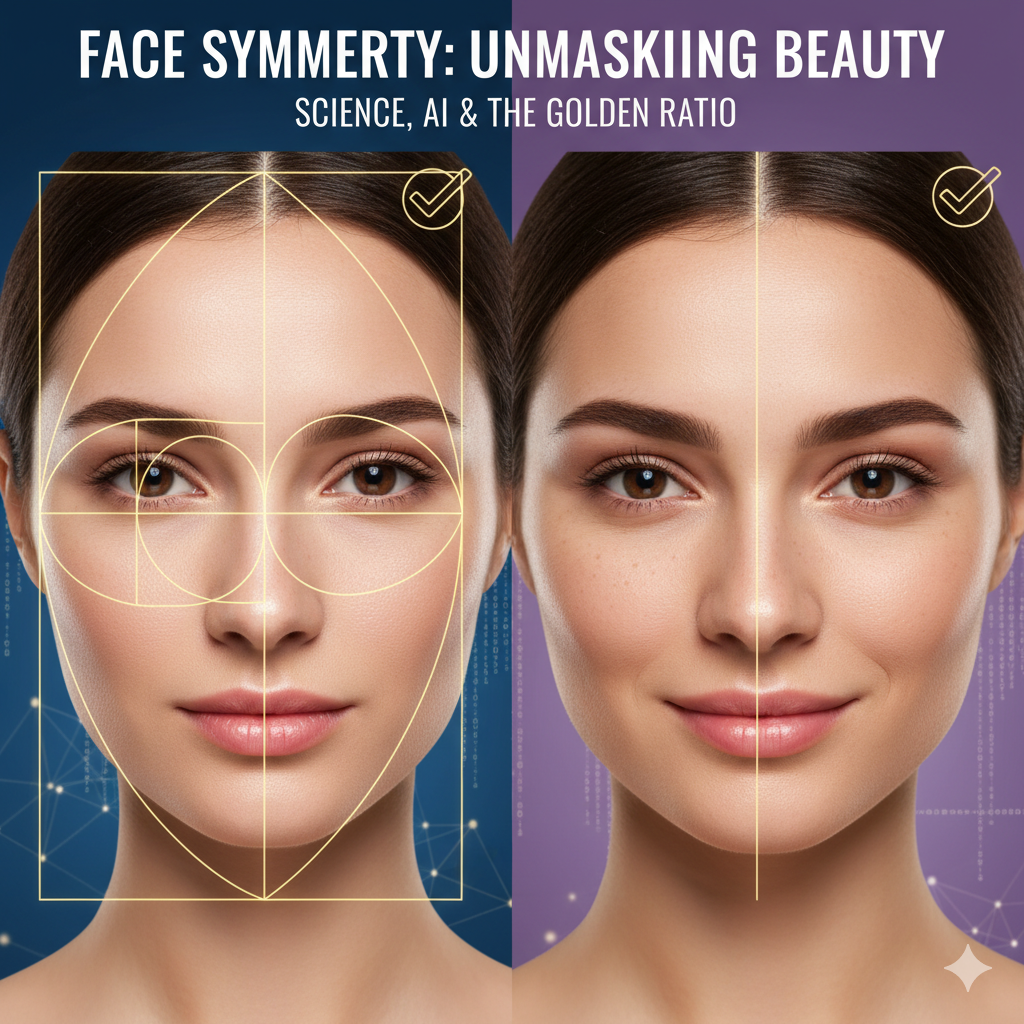When it comes to facial aesthetics, the canthal tilt is a crucial factor that plays a significant role in determining the overall harmony and balance of one’s face.
Understanding the canthal tilt and its impact on facial structure can help you make informed decisions about various cosmetic procedures and enhance your facial appearance.
What is Canthal Tilt?

The canthal tilt refers to the angle formed by the outer corner of the eye and the line connecting the outer corner of the eye to the ear.
It is an essential measurement that contributes to the overall symmetry and attractiveness of the face.
The canthal tilt is influenced by the position and shape of the bones, muscles, and soft tissues surrounding the eye area.
Why is Canthal Tilt Important?
The canthal tilt is important because it affects the perception of youthfulness, attractiveness, and facial balance.
A well-balanced canthal tilt is often associated with a more youthful and pleasing appearance.
On the other hand, an imbalanced or asymmetrical canthal tilt can create a tired or aged look.
Moreover, the canthal tilt also plays a role in determining the ideal placement and shape of certain cosmetic procedures.
For example, when considering procedures such as brow lifts, eyelid surgery, or even non-surgical treatments like Botox, understanding the canthal tilt becomes crucial to achieve optimal results.
How to Determine Your Canthal Tilt
While it is best to consult with a qualified professional for an accurate assessment of your canthal tilt.
you can also perform a simple self-examination to get a general idea.
- Stand in front of a well-lit mirror.
- Ensure that your face is relaxed and in a neutral position.
- Focus on one eye at a time.
- Imagine a line extending from the outer corner of your eye towards your ear.
- Observe the angle formed by this imaginary line and the line connecting the outer corner of your eye to the ear.
- Repeat the process for the other eye.
By following these steps, you can get a rough estimate of your canthal tilt.
However, keep in mind that this self-examination is not a substitute for a professional evaluation.
The Influence of Facial Bones on Canthal Tilt
The canthal tilt is heavily influenced by the underlying facial bones.
The shape and position of the bones around the eye area, such as the zygomatic bone and the orbital rim, contribute to the overall canthal tilt.
For example, individuals with a more prominent zygomatic bone or a higher orbital rim tend to have a higher canthal tilt, giving them a more lifted and youthful appearance.
On the other hand, those with flatter or less prominent bones may have a lower canthal tilt, which can result in a more tired or aged look.
Canthal Tilt and Cosmetic Procedures
Understanding your canthal tilt is crucial when considering certain cosmetic procedures.
For instance, if you are interested in a brow lift.
your canthal tilt will help determine the ideal position and degree of lift to achieve a natural and balanced result.
Similarly, when undergoing eyelid surgery.
your canthal tilt will guide the surgeon in determining the appropriate amount of skin and fat to remove or reposition.
This ensures that the eyelids maintain a harmonious relationship with the surrounding facial features.
Even non-surgical treatments like Botox injections can benefit from an understanding of the canthal tilt.
By strategically injecting Botox around the outer corner of the eye.
The canthal tilt can be subtly adjusted to create a more youthful and refreshed appearance.
In Conclusion
The canthal tilt is an important aspect of facial aesthetics that influences the overall balance and attractiveness of the face.
By understanding your canthal tilt and its impact on facial structure.
you can make informed decisions about various cosmetic procedures to enhance your appearance.
Remember, while self-examination can provide a general idea of your canthal tilt.
It is always best to consult with a qualified professional for an accurate assessment and personalized recommendations.




